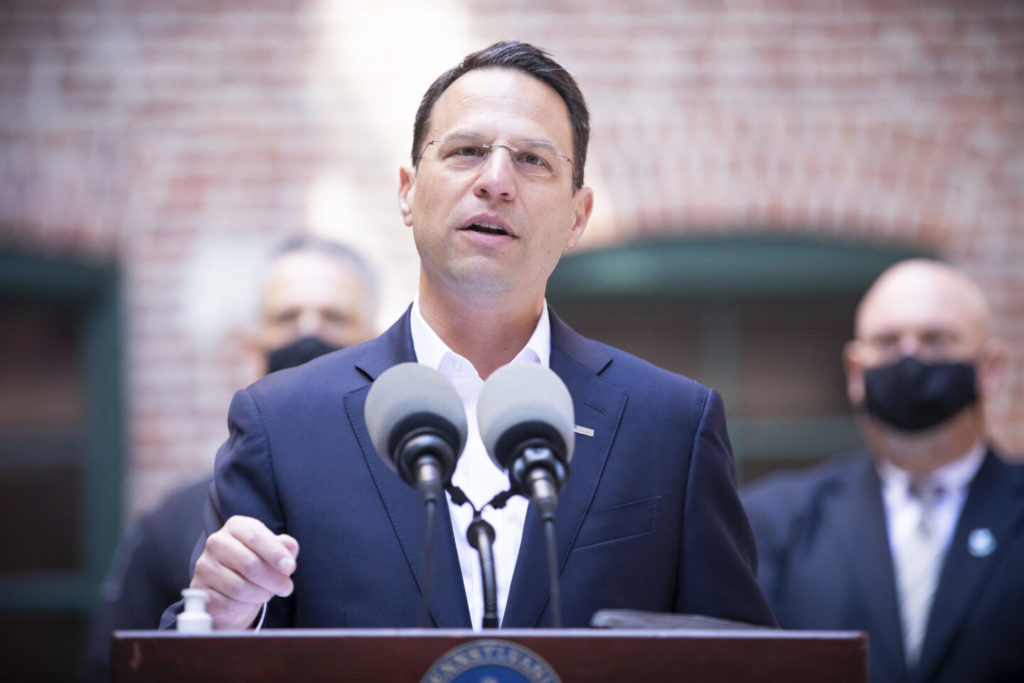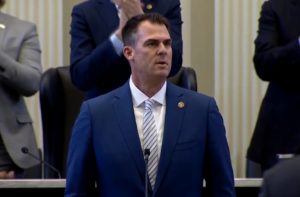Pennsylvania risks being left behind in education reform as governor breaks campaign promise
The unexpected benefit of the COVID pandemic could be that the logjam preventing K-12 education reform may finally have been broken – at least outside of Pennsylvania.
While Pennsylvania…

The unexpected benefit of the COVID pandemic could be that the logjam preventing K-12 education reform may finally have been broken – at least outside of Pennsylvania.
While Pennsylvania politicians have proposed more spending to “fix” education, they’re still dragging their feet on expanding school choice, which is the fix that is really needed.
Indeed, after just two months in office, Pennsylvania’s newly elected Democrat Gov. Josh Shapiro has broken a campaign promise to expand school choice in the state.
The broken promise risks not just exposing the governor politically, but exposing Pennsylvania students to the butt of jokes that were once reserved for the most impoverished, illiterate and ignorant states in the country.
After decades of seemingly endless cycles of marginal reform, the pandemic laid bare just how badly our public education system is serving children, not just in Pennsylvania, but all across the country.
Nationwide testing of students has shown that kids who already struggled with grade-level achievement prior to the pandemic fell even further behind. Pennsylvania students saw declines in math and reading at steeper rates than the national average, reported the Philadelphia Inquirer last December.
And for students in historically underserved Philadelphia, “scores ranked near the bottom of 26 large-city school districts.”
In contrast, some states have recently begun taking action to reverse the trend. States as diverse as Florida, Arizona, Iowa, Nebraska and Arkansas have taken decisive steps to get more money for parents to choose the classroom that is best for their child by using Education Scholarship Accounts (ESA).
ESAs tie education funding directly to students, who can take the money to the schools that suit them best.
The danger for Pennsylvania is in continuing to sit on the sidelines while other states leap past them with these innovative education reforms that fund student success, not failing schools.
In Harrisburg, politicians on the left and the right still argue about the merits of traditional public schools versus public charter schools – a debate that ended in favor of charter schools long ago in other locales.
“While states across the nation adopt ESA programs, thousands of Pennsylvania students sit on waiting lists for charter schools and private school scholarships,” said Nathan Benefield, a senior vice president at the Commonwealth Foundation.
And unlike in some states, Pennsylvania’s lassitude on education reform is not for a lack of money. Pennsylvania Department of Education data reveals public school districts collectively stockpiled $5.29 billion in reserve funds in 2020-21, up 32.7% since 2013, says a recent report by Commonwealth.
The fund is now over double the amount that was recorded in 2000.
This, even as the report found enrollment in public schools in the state continues to plummet while staffing soars. Since 2000, Pennsylvania public school enrollment has dropped by 120,000 students, while public schools have added 20,000 more employees, including nearly 40% growth among administrators, says Commonwealth.
And as public schools lost 289,000 students, public charter schools grew by 152,000 students – proving that, while Pennsylvania politicians may still debate the issue of charter schools, the state’s parents have already decided in favor of the charters.
While the state does have two programs that help low-income students escape struggling schools with tuition credits, the amounts awarded make up less than 1% of the state’s education budget, according to EdChoice.org. Moreover, the scholarship amounts for each student in those programs average around $2,500 – in a state that spent $19,900 per pupil in 2020-21.
Per pupil spending of $20,000 is a lot to invest into a system that is producing students of whom 69% can’t read at grade level by the eighth grade.
“Today’s results show that children who were already furthest from opportunity before March 2020 and who were most impacted by COVID need the greatest support now to make up for lost ground in reading and math,” U.S. Education Secretary Miguel Cardona told reporters in October.
“This is a moment of truth for education. How we respond to this will determine not only our recovery, but our nation’s standing in the world,” he added.
It’s a moment of truth for Pennsylvania as well.
How the state responds will determine just how far Pennsylvania citizens allow students to fall behind students in places such as Florida, Arizona, Iowa, Nebraska and Arkansas.
And it will determine if the Pennsylvania of the future becomes synonymous with illiteracy, poverty and ignorance, as some states have been in the past.



